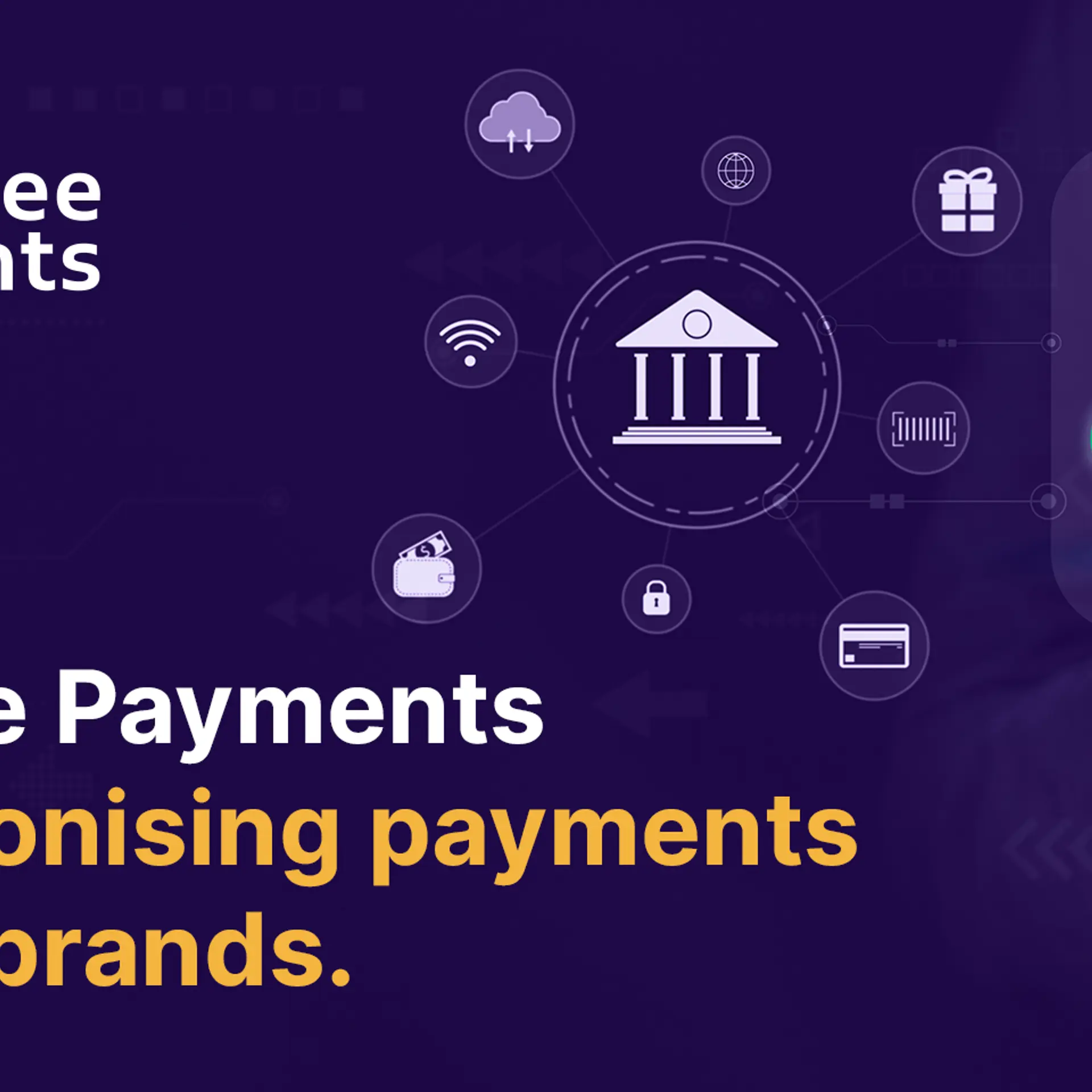E-commerce email marketing: customer expectations v/s reality
While building our new state-of-the-art email marketing platform, Snowflake, we tried to answer the questions that plague every marketing manager :
- How many emails should I send each week?
- What is the best time to send emails?
- What kind of emails should one send to get maximum RoI?
In this article, we try to compare customer preference with what e-commerce companies are currently doing.
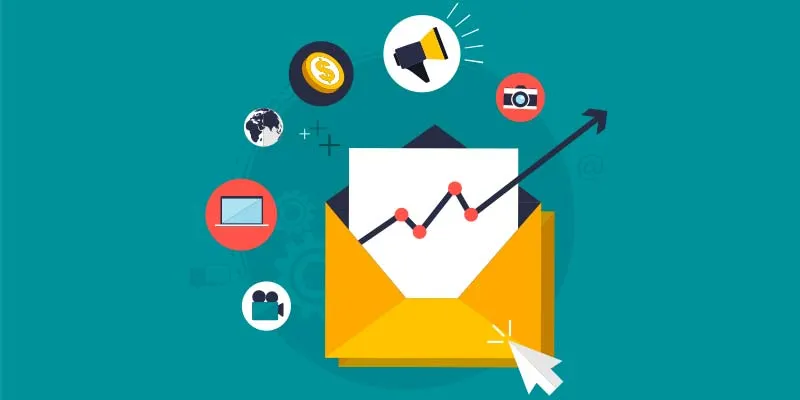
Email marketing has always been the favoured medium for e-commerce marketing experts across the globe. Emails are going strong and are here to stay. Since the RoI from email is extremely high - about $40 for every $1 spent on emails (Direct Marketing Association) - marketers are willing to spend more and more on emails. However, conventional email marketing techniques are no longer going to work. Marketers need to invest in highly specialized email marketing systems. In this article, we will analyze email marketing strategies used by Indian e-commerce companies.
Companies Analyzed For This Article:
Amazon Snapdeal Flipkart Jabong Shopclues Babyoye
FabFurnish Fernsnpetals Hopscotch Pepperfry Bluestone Lenskart Zivame
#1 Number Of Emails In A Week
Everyone's inbox is flooded with emails daily. We did a survey and asked consumers how many emails per week they would want to receive from e-commerce companies. A whopping 83% customers wanted less than 2 emails per week. The average was around 1.72 emails per week per company.
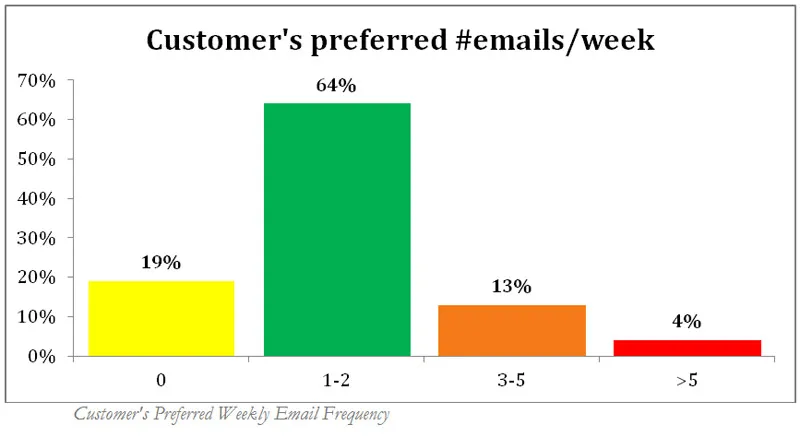
In contrast, 13 of the biggest e-commerce companies in India send on an average 6 emails per week to each customer. While Bluestone, Lenskart, and Snapdeal send around 3 emails per week, Jabong and Pepperfry send 12 and 11 emails per week, respectively. Flipkart, the biggest name in the industry, sent us 9 emails in a week.
Here's a detailed chart:
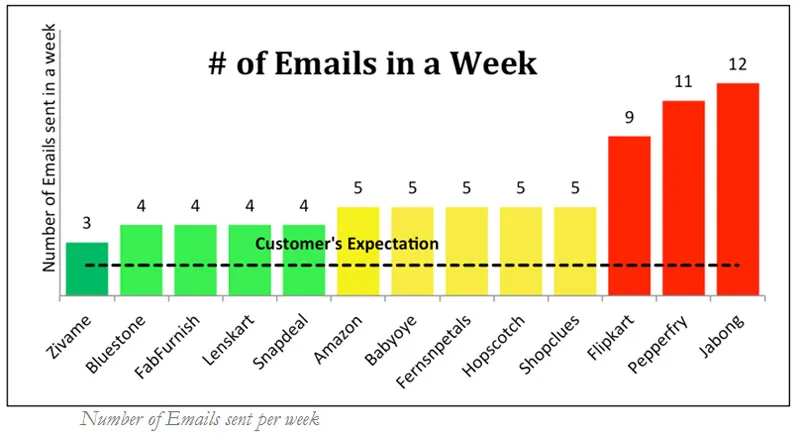
Where To Draw The Line?
Clearly, e-commerce players are sending way more emails than necessary. Given the low cost of sending emails, they feel the urge to keep sending more and more emails. Each category manager would want to send more emails, to meet his targets. But somewhere, they need to draw the line. Remember, when it comes to email marketing it's not HOW MANY that matters, it's the WHO, the WHEN & the WHAT.
#2 Content Of Emails
Inbox is a customer’s private space. It’s a very personal mode of communication. You must make sure that every email you send is highly relevant and personalized to the consumer. However, 69% of customers said that emails they receive from e-commerce companies were mass marketing emails, and thus, they ignored such mails. 23% customers said that they find marketing emails irritating and mark such emails as spam. A very small proportion (8%) of customers felt that the emails were personalized to their taste.
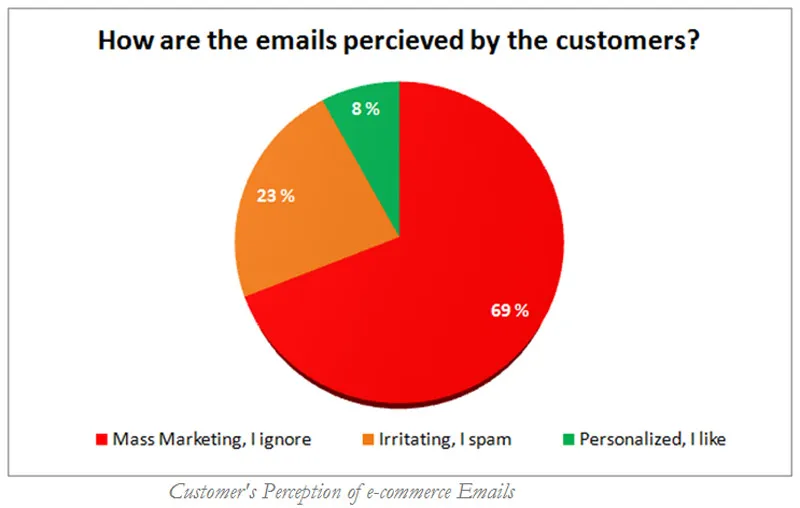
We categorized emails and found that most of the big e-commerce players still send out generic mails to their customers, and hardly use any personalization. Sending Deals/Vouchers/Discounts seems to be the most favoured option. 64% of all email communications from the e-commerce companies were about Deals and Vouchers. None of the e-mails were at all personalized other than <first_name>. The same messages was pushed to all users. Sending the same email to entire cohort/segment is archaic. Customers now demand personal attention.
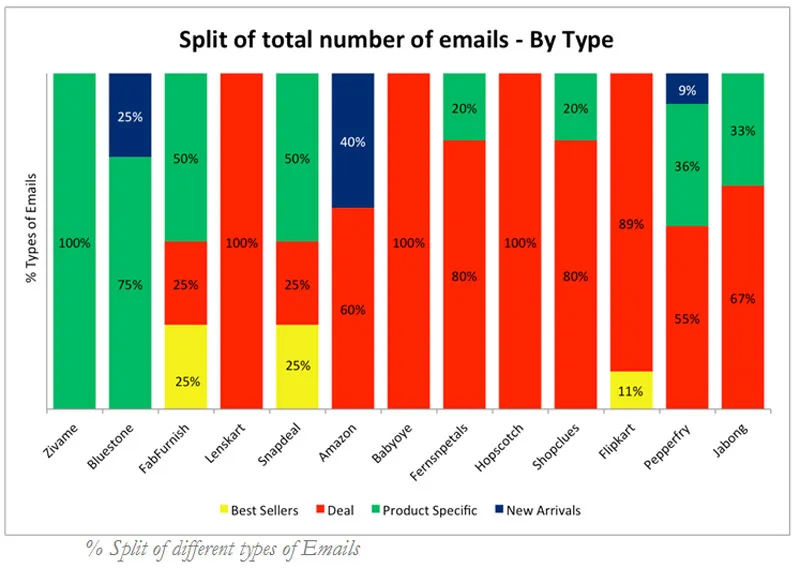
What Should You Do?
Treat each customer as an individual, and invest in a system that will send unique hyper-personalized emails to customers. Each email will have different content tailor-made to the customer's taste. Instead of just relying on Deals and Discounts, focus should be on engaging the customers through various triggered and targeted emails such as Abandoned Cart Emails, recommendations based on products viewed etc.
#3 Timing of Emails
Each of the customers has their own schedules. Some of us are night-owls, who tend to personal mails and shop online late in the night. On the other hand, some of us are morning people who like to read our mails after our morning jog.
Our survey found that customers were well spread across the 24 hours for their preferred time to receive emails. However, we found little evidence that e-commerce companies currently keep in mind the individual time preferences of the customers. None of the players sent emails between 11PM and 7AM, possibly so as not to disturb the customers at night. And yet, around 20% of customers actually like receiving mails late at night.

What's The Right Time To Send Emails?
There are three crucial things you should keep in mind when deciding the time to send emails:
- Time of the day customer reads his email
- Time of the day he generally visits your Webstore
- Day of the week and week of the month that customers shop
Studying these can give you a fair idea of when the right time is to communicate with a customer.
To download the complete email marketing research report by TargetingMantra - click here






